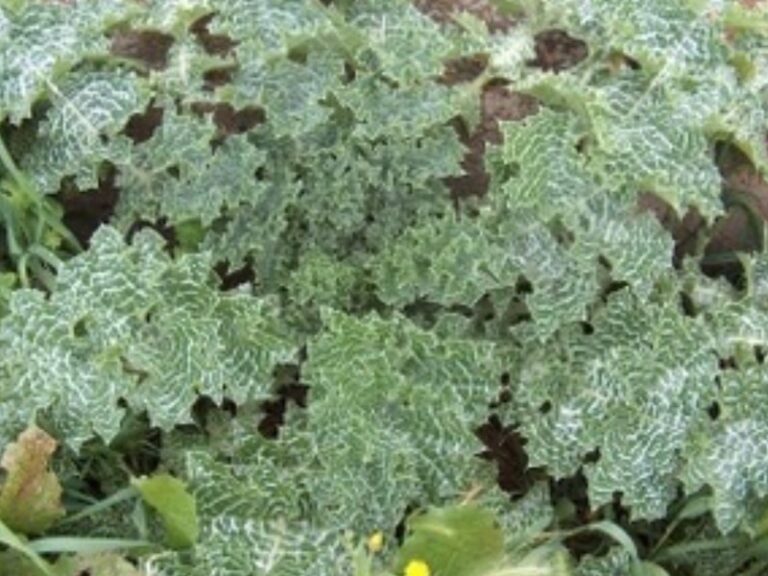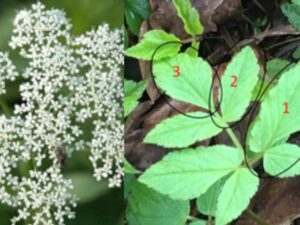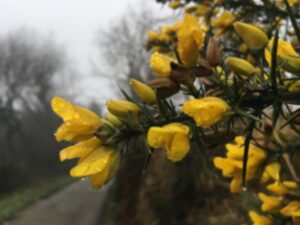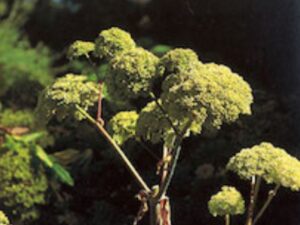Milk Thistle – Silybum marianum
Ever since I learned about its amazing liver-healing properties I have looked for it. Just to frustrate me even more, I have learned that this plant can be used as a vegetable and is very similar in taste to artichoke. I love artichoke! I love finding wild food! So why, oh why, can I not find this very special plant? I will persevere.
It seems it’s not just us who like to eat this thistle, it has been given the name Pig thistle because pigs used to snuffle them out and eat them (maybe I should get a pig), also the seeds are a favourite food of finches.
In modern herbal medicine, the Milk thistle has received more scientific interest than most plants, which has proven its healing and restorative effect upon liver cells. It is a remarkably safe herb to use and is very effective for hepatitis, fatty degeneration of the liver and cirrhosis.
It is also a proven antidote, if used in time, to many poisons such as that of Amanita muscaria (fly agaric).
As I mentioned, this plant is a good food – tasting much like artichoke, being of the same family. The heads of the thistle used to be boiled like artichoke, as were the leaves and stems, with the thistles being removed first. The young shoots and leaves, cut close to the ground were eaten as a boiling salad.
In folklore, it was said that drops of milk fell from Mary’s breast onto the leaves while she was suckling Jesus, hence its name milk thistle; due to this legend, herbalists of the past used to use it to bring on a new mother’s milk.
I will keep searching for this powerful plant, living in Devon they should be around: I will pay a visit to the coast where they like to grow. When I find one, I will not pull it up, but harvest the seeds to sow in the garden and add to my collection.
Jayne
And finally
Poem by my good friend Nadia Kingsley – find out more about Nadia at her website
At seven millimetres
a milk thistle’s seed sits amongst a thousand others
waiting for its tuft of hairs to lift it on to air currents.
The flower that gave it life on metre-straight stem,
was more red than purple, with necklace of pain.
White-veined leaves , sharp spines on each edge:
seed well protected from all – but this goldfinch.




